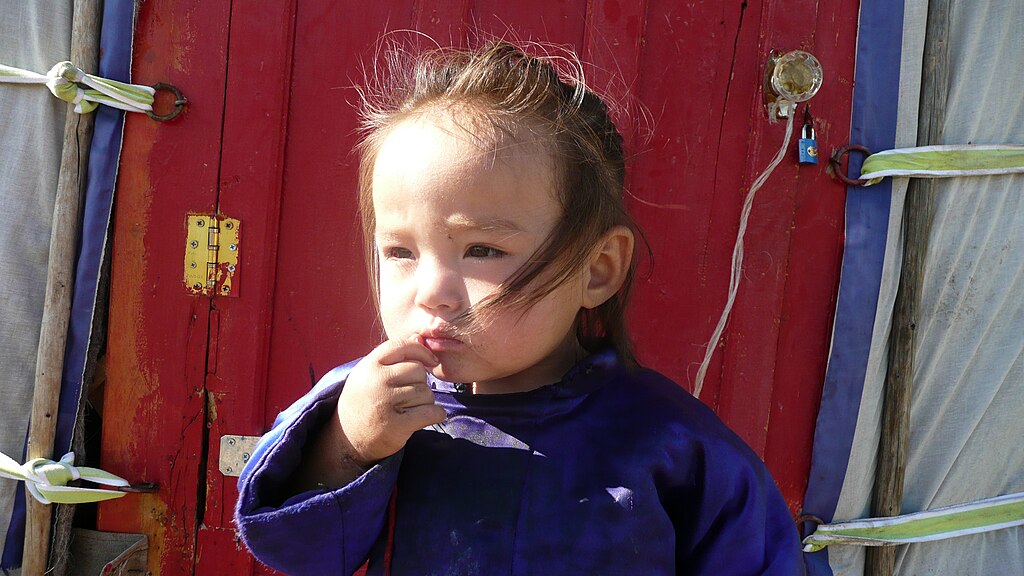The Support Program Reducing Child Poverty in Mongolia

Mongolia is an Asian country known for its vast landscapes and dry climate and is one of the world’s highest countries in terms of elevation. However, the country also suffers from a high rate of child poverty. Poverty is concentrated heavily in rural regions, often hours away from the nearest city. However, child poverty does still exist in cities like the capital, Ulaanbaatar, too. Recent investments by the government of Mongolia, however, have increased support for children. Here is some information about child poverty in Mongolia and what some are doing to resolve it.
Child Poverty Statistics
In Mongolia, the percentage of children living in poverty is higher than the percentage of the total population living in poverty (38.5% compared to 29.6%, respectively). Although poverty levels in rural regions have slightly declined in recent years, it has increased in urban centers.
Much of the economic growth in Mongolia has centered around the mining sector, whereas many of those living at or below the poverty line are low-skilled wage workers with lower levels of education.
Most poor children in Mongolia do not complete school through the secondary level and only 10% attend university, despite Mongolia having an overall high education attainment level in the region. This is because most of the children and young adults who receive high levels of education fall in the top 20% of income earners in the country. About half of individuals in this income level have obtained a university-level education.
Many poor people in Mongolia, specifically children, often lack basic services or needs such as clean water, heat and sanitation. In 2018, 70% of those living in poverty struggled to receive at least one of these basic services.
Efforts to Reduce Child Poverty in Mongolia
Those working in the herding industry have seen huge reductions in poverty levels in recent years. What was once one of the most impoverished professions in the country, only about a third of herders live below the poverty line today. Market connectivity, government support and more employment opportunities have contributed to this improvement.
In 2020, in response to the COVID-19 pandemic, UNICEF recommended to the Mongolian government that the most effective way to reduce poverty levels, which the pandemic exacerbated, was to increase funding for the country’s Child Money Program. This program provides monetary support to children across the nation. In response, the government provided an additional $300 million via the program, which helped more than two-thirds of all households.
Overall, despite the grim statistics, the country’s government has shown that it is willing and able to take steps towards reducing child poverty in Mongolia. With this continued support, as well as that from organizations like UNICEF, more children can have a better opportunity to receive a full education.
– Tristan Weisenbach
Photo: Wikipedia Commons
